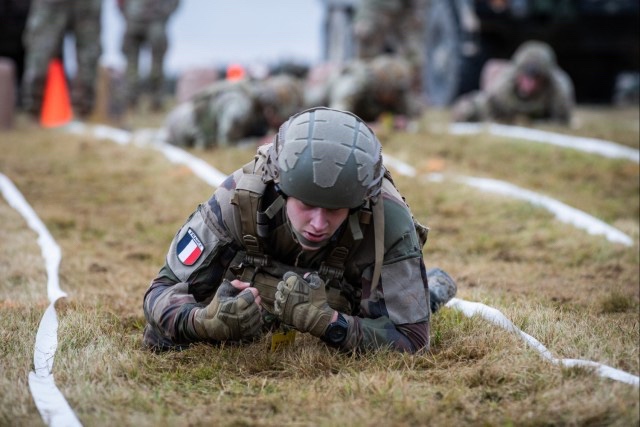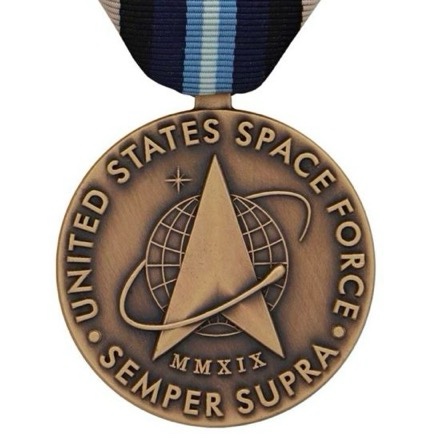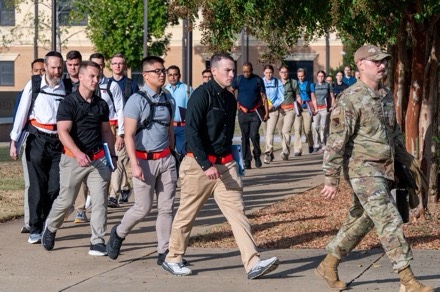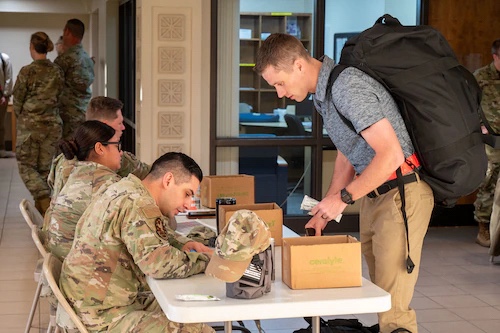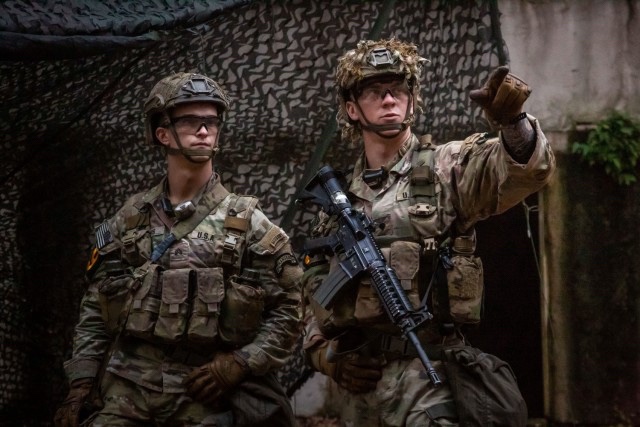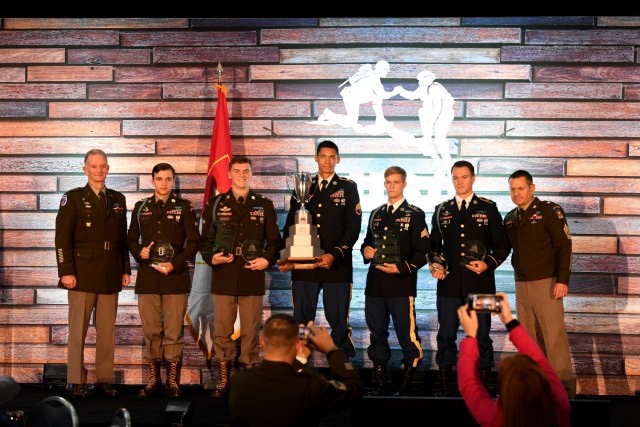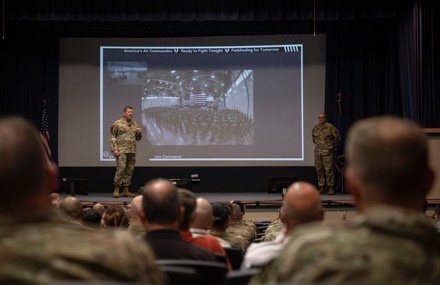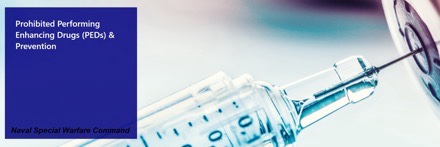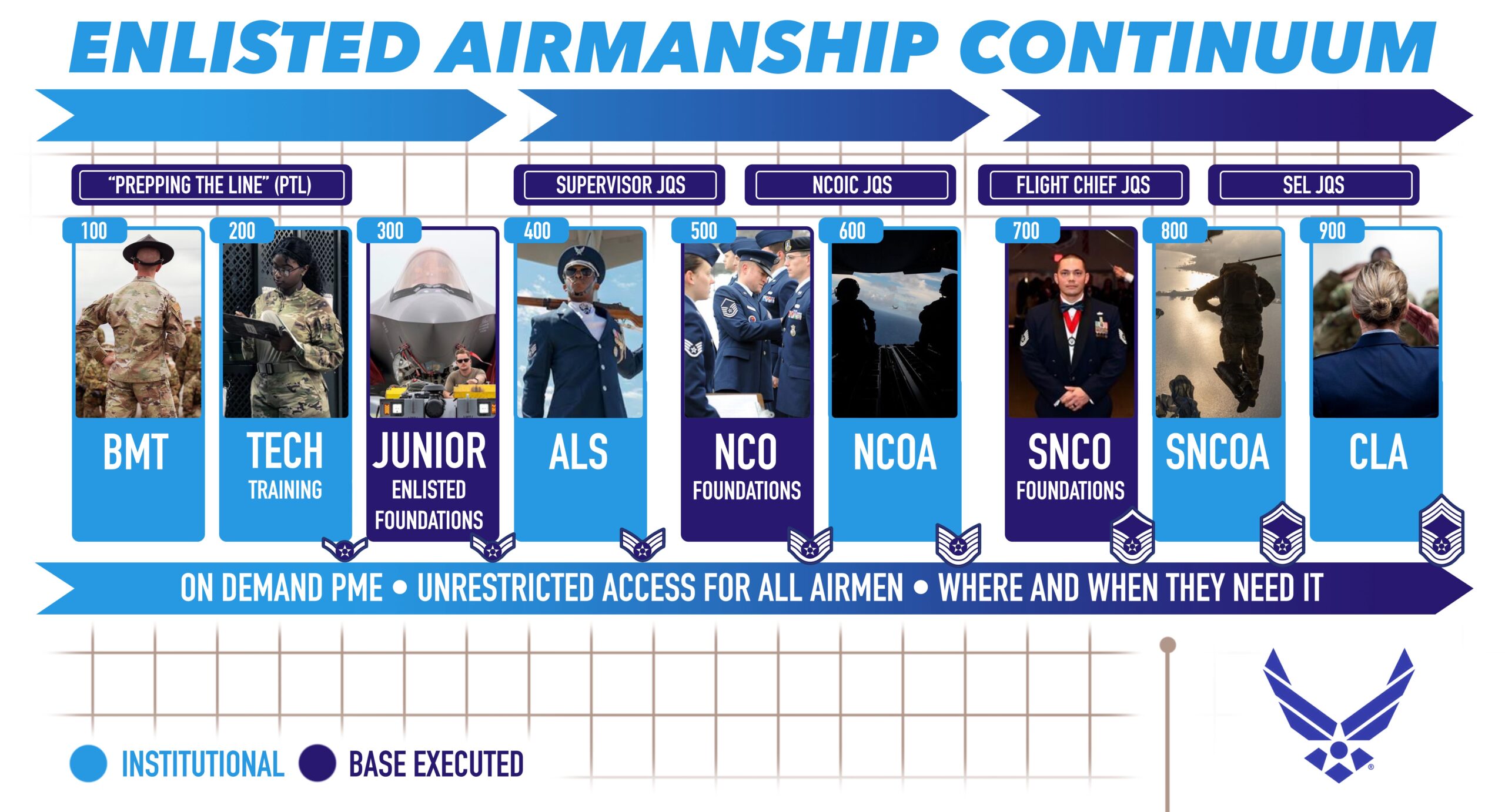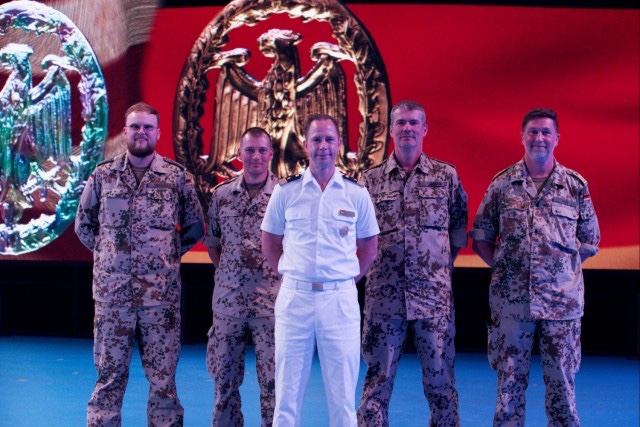
Soldiers endure discomfort and pain for many reasons. They may do so as part of their wartime duties, or in training. Everyone reaches a point where they choose to quit or drive on. Military awards – particularly badges – are earned, not given. Each course or task demands some level of sacrifice.
Many servicemembers particularly value the chance to earn a foreign award. No badge is worn by as many U.S. servicemembers though as the German Armed Forces Proficiency Badge – GAFPB.
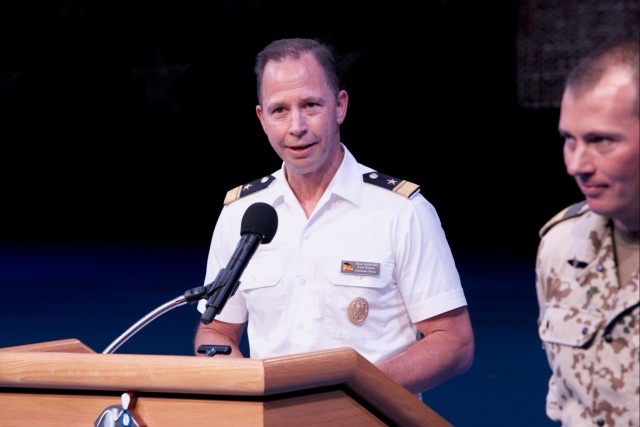
My introduction to the badge came as a 19-year-old draftee serving in the German Air Force, Luftwaffe, after graduating from Berlin’s John F. Kennedy School. This opportunity presented itself to me courtesy of my German mother. My American father served as a U.S. Army JAG officer attached to the U.S. embassy to Germany at the time. I recall that the sewed on GAFPBs adorning my basic training instructor’s uniforms served as a symbol of their competence and professionalism. Everyone in my unit wanted a chance to prove themselves and receive the badge.
My understanding of this particular award would evolve over time. I would earn, and then encounter, this badge throughout my career.
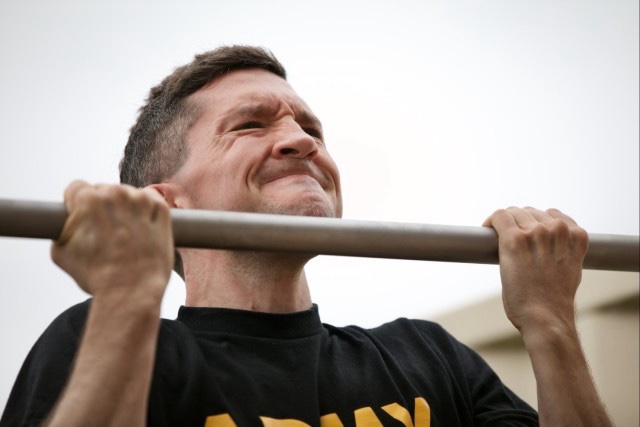
The badge in German is formally called the, “Abzeichen für besondere Leistungen im Truppendienst.” This term more accurately translates as, “award for special performance in military service.” In U.S. military service, we refer to it as the German Armed Forces Proficiency Badge, but it is officially the German Armed Forces Efficiency Badge.
Army Regulation 600-8-22, Military Awards, stipulates that foreign decorations will only be presented by a designated representative from the awarding nation. As such we work with our German partners as part of each event, and they generate and sign award certificates. Army Regulation 600-8-22 also includes the German Armed Forces Efficiency Badge as a specifically named foreign badge specifically authorized for acceptance and wear by both enlisted personnel and officers.
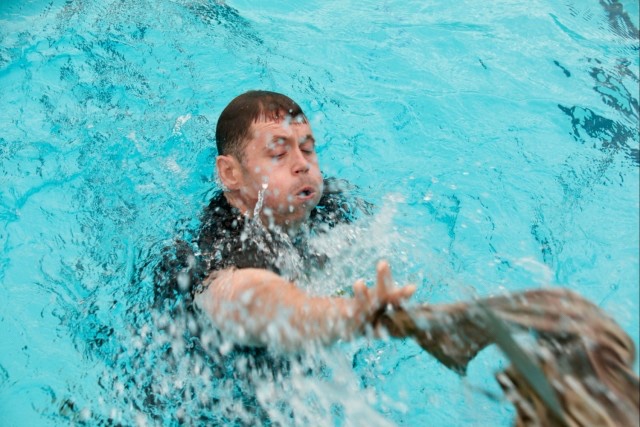
A U.S. Army commander may also approve the wear of the foreign badge. Many units publish memorandums that authorize acceptance, retention and wear of the badge or use the DA Form 4187.
Events required to receive the GAFPB include completing various sport exercises including a shuttle run, flexed arm hang, and a one-kilometer run. Servicemembers must also pass a first aid exam and demonstrate proficiency in their chemical, biological, radiological, and nuclear protective equipment. Pistol marksmanship is also key, with shooters required to engage three targets using five rounds. Most events conclude with the required ruck march, or the challenging 100-meter swim and uniform doff.
German servicemembers wear the badge on the left breast pocket of their utility and service uniforms, while U.S. Soldiers may only wear it on their Army Service Uniform coat and shirt and Army Green Service Uniform coat. Soldiers may only wear one foreign badge on their uniforms, centered, or aligned with the right edge of unit awards or nameplate, above the right pocket and unit awards.
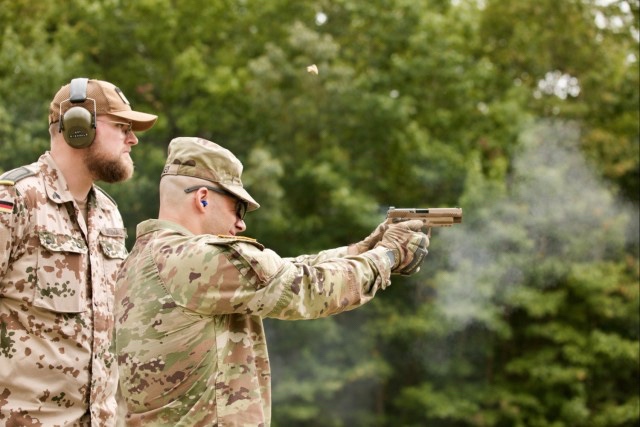
The West German Bundeswehr established the award in 1971 and servicemembers of all branches may earn the badge. It is an award of the Federal Republic of Germany’s Bundeswehr and available in three steps, or levels. Gold, silver and bronze. Interestingly, the German military places more value on gold than we do in the U.S. military. U.S. O-1 rank is gold across all services and branches, while O-2 is silver. German officer rank is silver, while all general officer ranks are gold. As such the gold GAFPB is more difficult to earn than the silver or bronze.
The badge prominently features the Bundesadler – the federal eagle – surrounded by a wreath. It’s interesting and relevant that Germany and the United States of America share an affinity for the same bird and use it as national symbols.
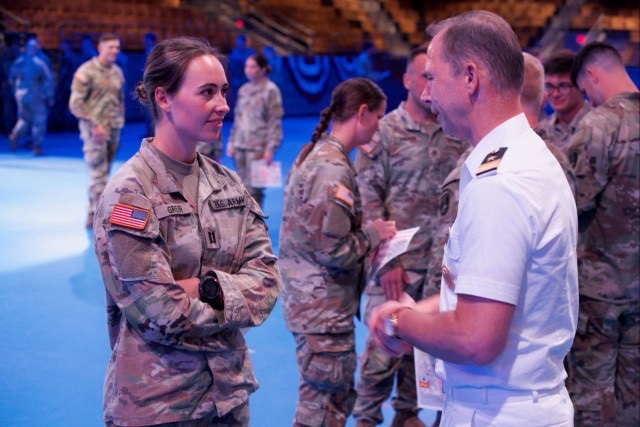
After I left the German military, I attended university in the U.S., enlisted in the Army Reserve, and then later commissioned as a Regular Army officer. During the Basic Officer Leaders Course, German liaison officers detailed to the Maneuver Support Center of Excellence offered another opportunity to earn the GAFPB. I witnessed hundreds of young U.S. Army military police 2nd Lt.’s earn their badges.
Some years later I was assigned as provost marshal to 2d Cavalry Regiment based in Vilseck, Germany. I again saw our formations regularly host German partners during various GAFPB events. Units and individual soldiers drew close to German units and servicemembers.
Last summer I served as officer in charge during a large GAFPB event held at Camp Shelby, Miss. We worked closely with German servicemembers assigned to the German Armed Forces Command in Reston, Va. and the defense attaché staff detailed to the Federal Republic of Germany’s embassy to the United States. We hosted over 300 servicemembers during the event.
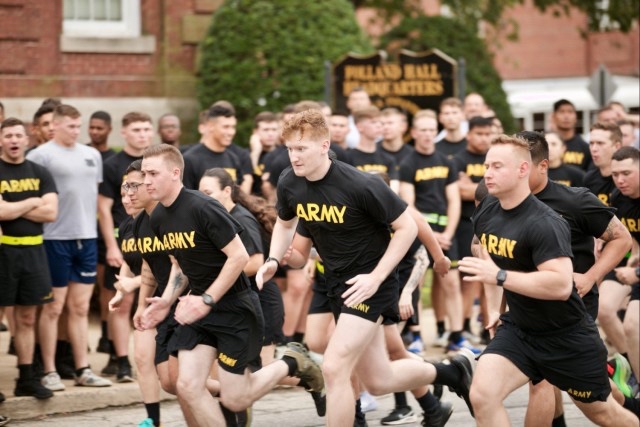
Most recently I attended the 3d U.S. Infantry Regiment (The Old Guard) GAFPB event. Historic Joint Base Myer-Henderson Hall served as a backdrop for the competition. Abutting Arlington Cemetery and a stone’s throw from the Pentagon, the installation is also very close to the German embassy located in Washington D.C.’s Foxhall Village neighborhood close to Georgetown. The defense attaché staff again took time to run over 250 servicemembers through each event. This time I covered the event as a public affairs officer.
Supporting GAFPB events is both time consuming and expensive for German servicemembers and their commands. Each GAFPB event may take two or three days – not including travel. This takes leaders away from their missions and staffs out of their offices. We must acknowledge the sacrifices they make as well.
So why do we go through all this effort to earn a badge? Its great training. Each event builds teams and camaraderie. Individuals reach their limits – and push past them. The badge is a visible symbol of an enduring partnership.
Over the years I watched men and women fight through pain, fatigue and doubt. This year a young soldier marched the soles off his feet, his boots red with blood and skin sloughing off. He made it past the ruck march. I’ve watched well prepared swimmers cramp up in the pool, sink to the bottom, yet manage to remove their uniform blouse and trousers to complete the swim. I’ve seen senior leaders compete alongside their young soldiers, earning a badge – and respect – after over 25 years of service.
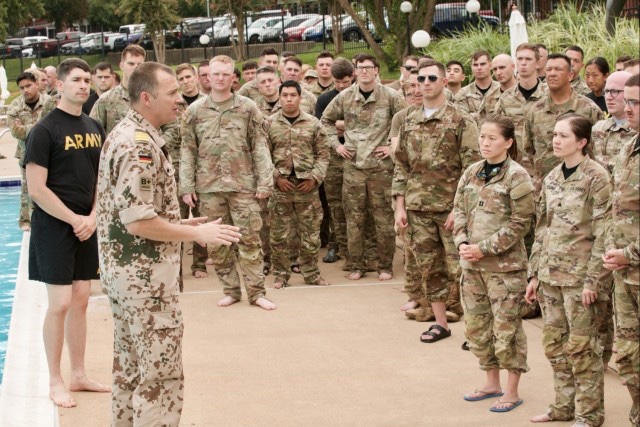
What I enjoyed seeing most though were the conversations and insights shared between allied servicemembers before, during and after a GAFPB event. The briefest conversations between the Germans and our troops sparked interests that led to much greater understanding.
German Navy Rear Adm. Axel Ristau, the German embassy’s defense attaché, emphasized both moral and physical fitness after the latest GAFPB. He also highlighted the alliance between the two countries. “It’s a visual sign of our outstanding bilateral cooperation, and we both, the Americans and German soldiers who earn this badge, can be very proud.”
Ristau earned his badge in 1987. He marveled at how this award binds two nations together – “It’s a sign of a transatlantic link. I wear, and my comrade here, wears the same badge on a military uniform.” He told me this as 213 U.S. servicemembers, their friends and families celebrated their achievement in Fort Myer’s Conmy Hall, its massive display screen showing enmeshed German and American flags braced by the gold, silver and bronze GAFPBs.
While not as far removed from earning my badge as Ristau, I also appreciate its importance and feel much the same way. What at first to me was a badge worn by my respected instructors and superiors in the German military, has now as a U.S. Army officer become that symbol of proficiency, and of true German-American partnership.
By MAJ Joshua Frye
MAJ Joshua Frye is the public affairs officer for the Military Intelligence Readiness Command, U.S. Army Reserve.
